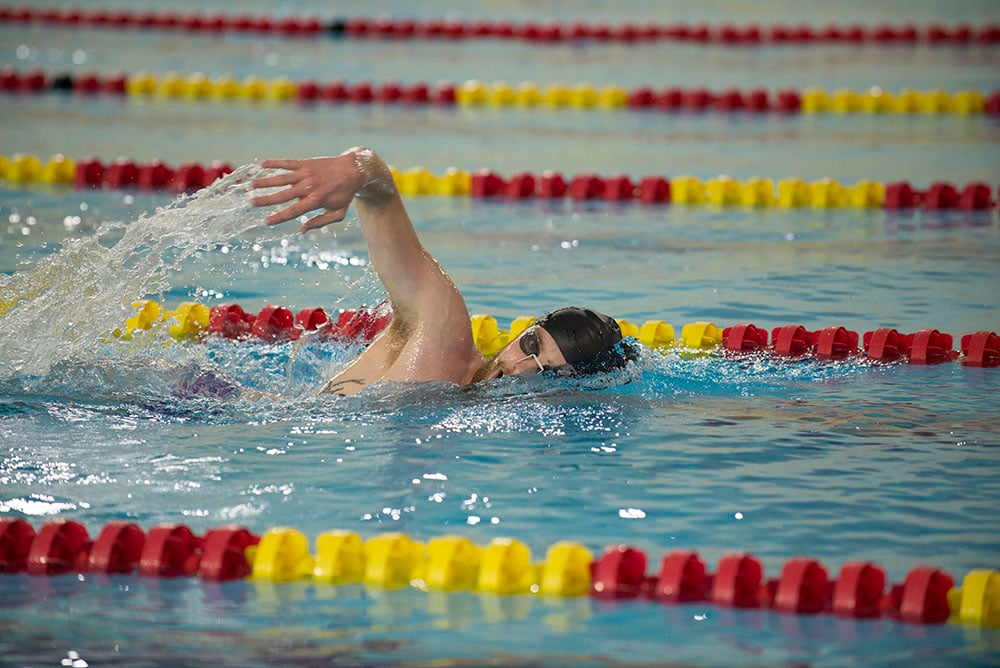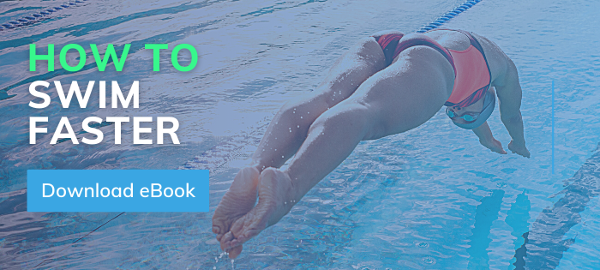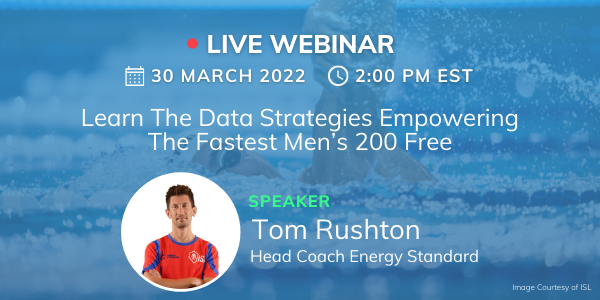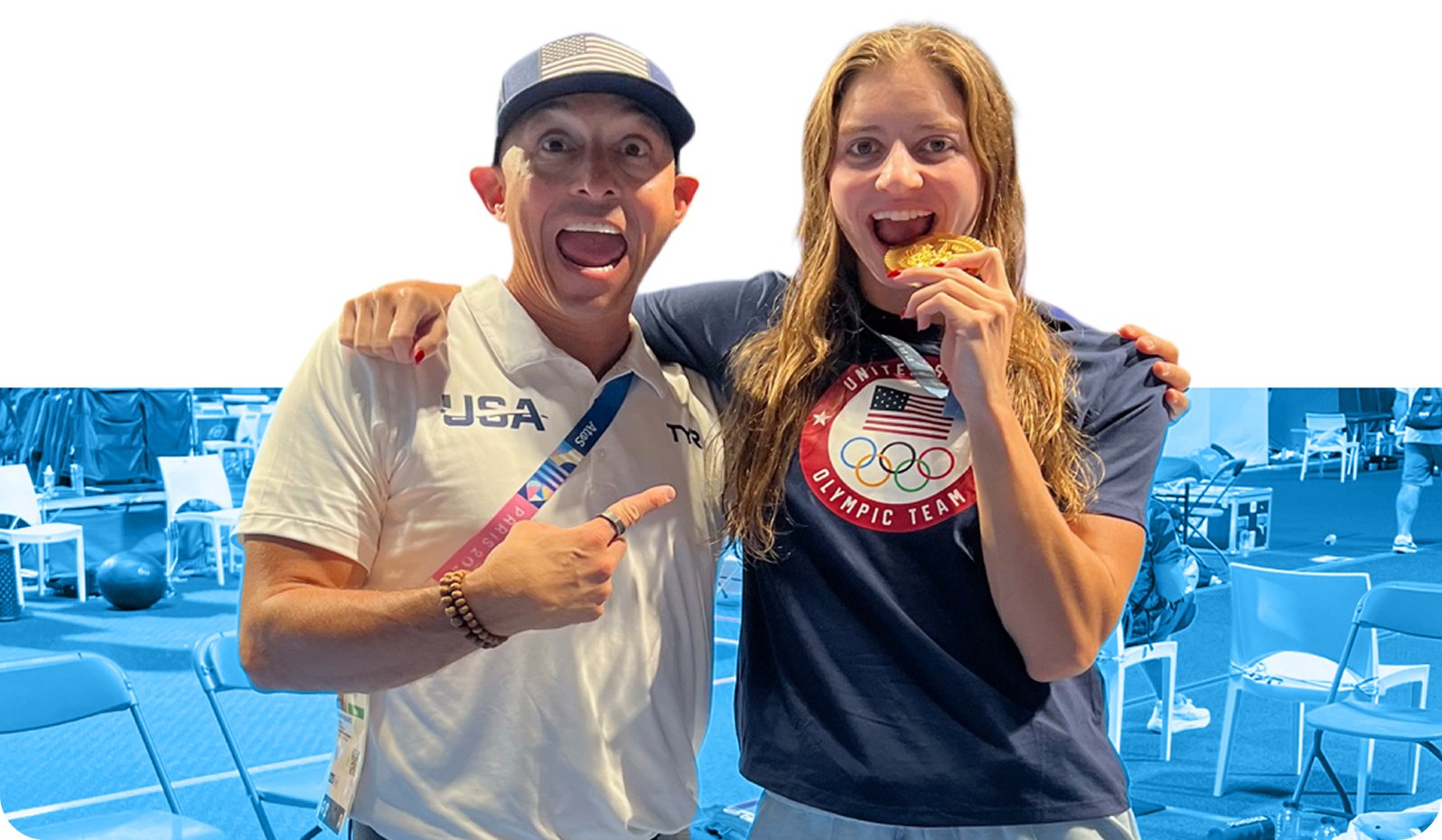Breathing. It’s one of those things you rarely think about on land. But in the water, it’s something you have to actively work on if you want to become a better swimmer.
Yes, learning to breathe properly when swimming allows you to take in the air you need to keep you going. But more importantly, perfecting your breathing technique will allow for faster and more efficient swimming.
Here are 4 tips to master breathing when swimming:
1. Maintain neutral head position
For any stroke, keep your head in a neutral position when your face is in the water. Tucking your chin down too much, or tilting your head up too far could risk water coming up your nose.
Additionally, a neutral position will enable you to breathe more efficiently once you bring your face out of the water.
2. Don’t forget to exhale
This one may seem a little obvious. After all, inhaling and exhaling always go together.
But, if you’re not yet at a point where you’re breathing comfortably in the water, forgetting to exhale could be a problem. This is especially common when holding the breath for too long - when you feel like you’ve run out of air, there is a tendency to start inhaling as soon as the face is out of the water.
Breathe out even just a little so you’re able to actually fill your lungs with air. Practice consistently and this will start to feel more natural.
Whether you exhale through your nose or mouth depends on your preference. But if water coming up your nose is something you struggle with, exhaling through your nose will be a solution to that problem.
3. Know when to breathe
Timing your breath just right is critical to ensure your stroking stays consistent. Good breathing is incorporated seamlessly into the stroke, so there are no pauses happening because of a breath.
For butterfly and freestyle, take your breath as your arms exit the water. Time it so that you complete your exhalation towards the end of your pull, right before your face comes out of the water.
For breaststroke, use the in-sweep of your arms to lift out of the water for your breath. Time it so that you complete your exhalation as you begin the in-sweep.
The key for these strokes is to exhale completely in the water, right before you bring your face out, to minimize the time it takes you to get in a breath.
4. Have a consistent breathing pattern
Your breathing pattern will be a contributing factor to your rhythm and pace. With a consistent breathing pattern, it is easier to keep your movements in sync.
This will also ensure you’re not taking too many strokes in between breaths and holding your breath for too long. While this may be a good training exercise, it’s not always the best strategy, especially when swimming longer distances.
Your optimal breathing pattern will depend on stroke, distance, personal capabilities and preferences.
Whether that’s breathing every stroke (for butterfly), every 2 - 3 strokes (for butterfly and freestyle), you will need to test it out. The important thing is consistency, and making sure your breaths never get in the way of a good swim.




.png)


.png)